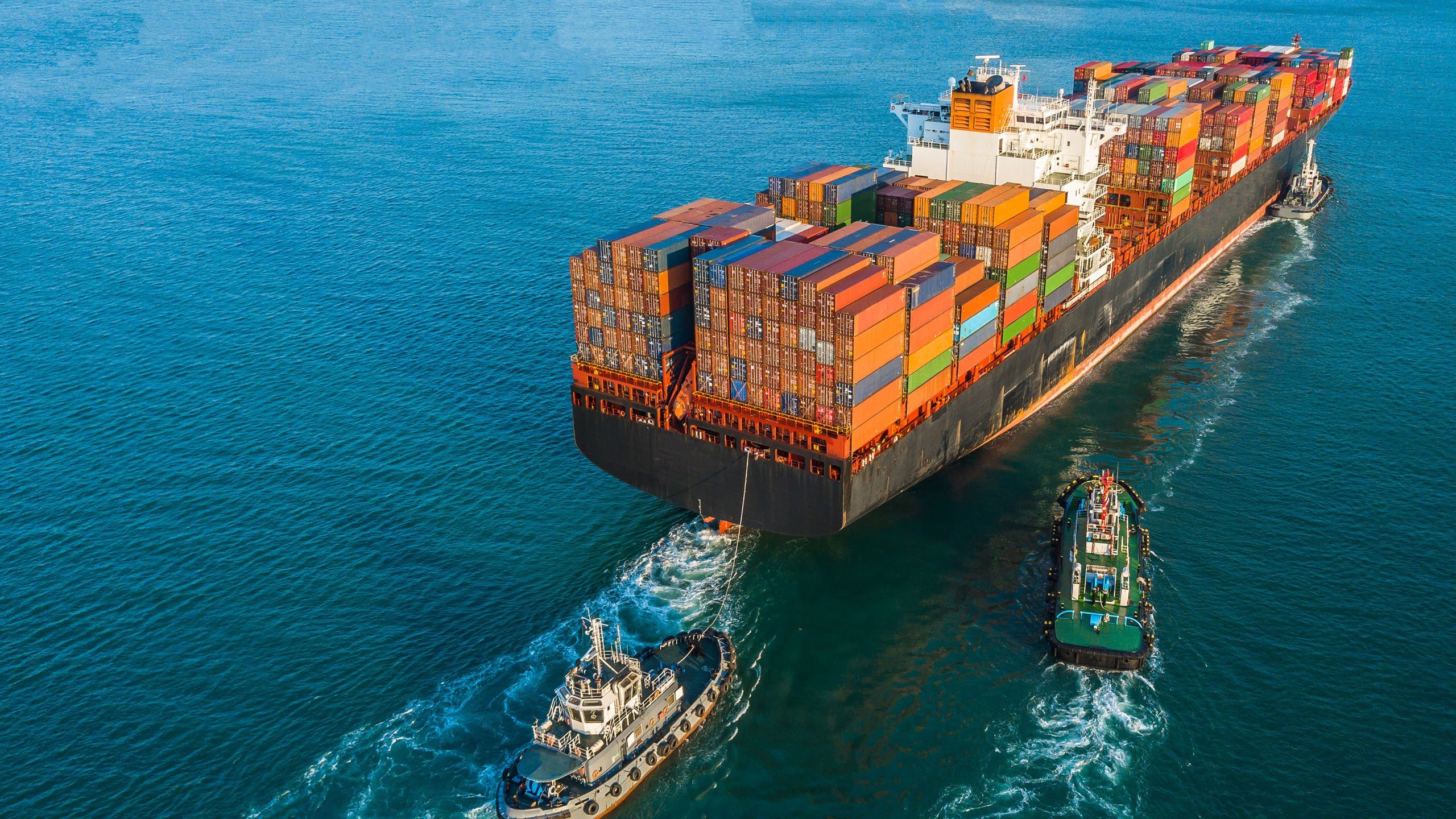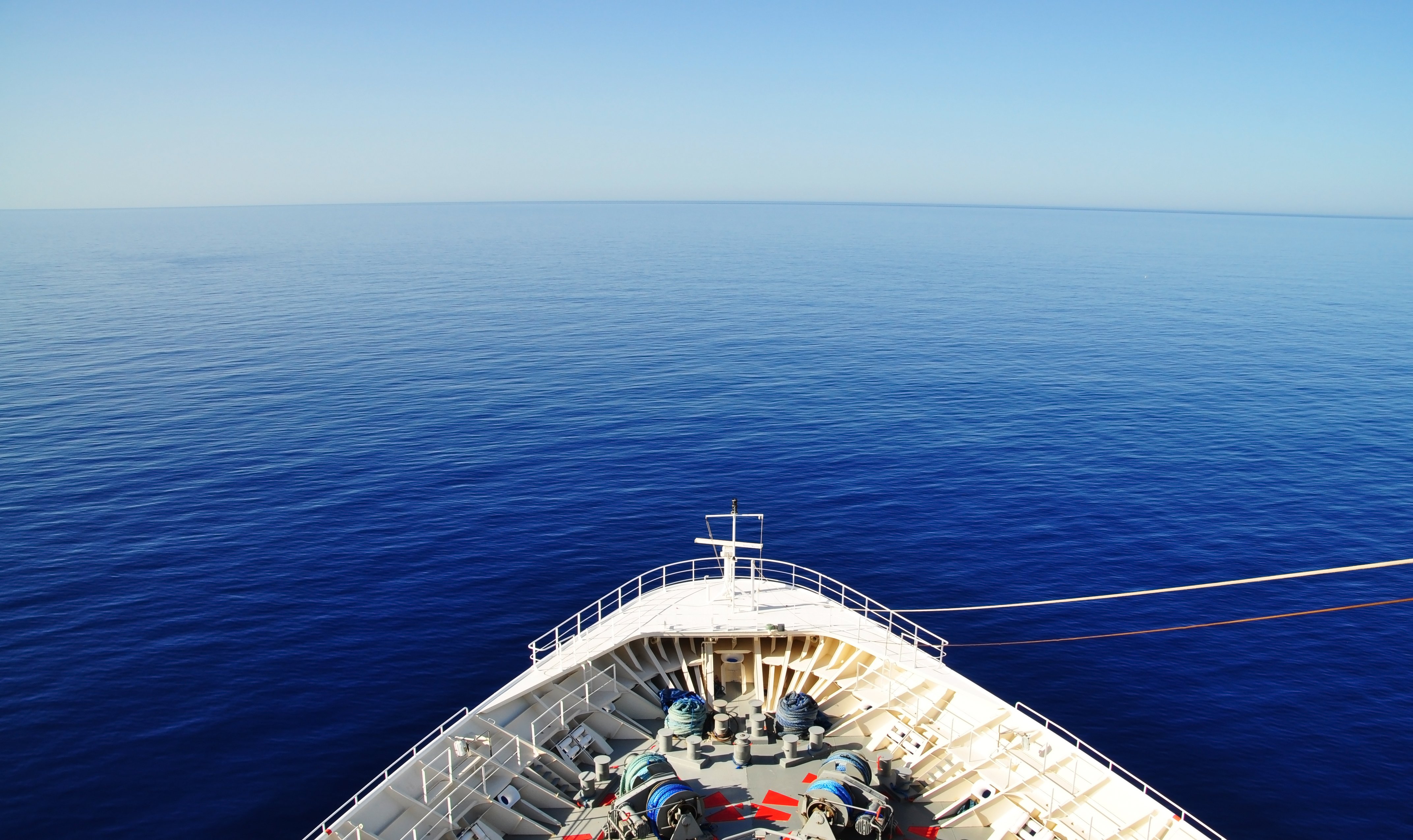TO THE MEMBERS
RECOMMENDATIONS ON CARRIAGE OF CALCIUM HYPOCHLORITE UN NOS. 1479, 1748, 2208, 2880 BY THE INTERNATIONAL GROUP OF P & I CLUBS
There have been several large fires in cargo ships over the past two years, which have been attributed to the carriage of calcium hypochlorite. In response to these casualties the International Group of P&I Clubs established a calcium hypochlorite working group which has met to share information and listen to the views of scientific experts.
The results from full-scale tests on package sizes routinely used when shipping calcium hypochlorite in freight containers indicates that the transport requirements in the IMDG Code are inadequate.
Calcium hypochlorite is classed as an oxidising substance (IMDG Class 5.1). It is manufactured in various forms, both high strength ("HCH") and low strength known as bleaching powder. Hence the various UN classifications. All forms of calcium hypochlorite will react violently when contaminated by an organic material. The reaction will generate heat and oxygen, which will feed any resulting fire.
Impurities can be introduced either via insufficient or damaged packing material alternatively due to poor manufacturing standards. The product is also self-reactive and sensitive to high temperatures: sensitivity increases as the package size increases. Recent research on hydrated HCH (UN 2880) indicates that a violent reaction can occur at temperatures that are encountered by vessels transiting tropical areas.
The Critical Ambient Temperature (the temperature at which a violent decomposition of the material occurs) for a 20ft freight container packed with 432 drums of 40 kg (net) of UN 2880 is calculated by the scientists to be about 37°C. The Critical Ambient Temperature for a 20ft freight container packed with 80 drums of UN 2880 of 200 kg (net) is calculated to be about 30°C. For a violent reaction to occur, these temperatures would have to be maintained for up to 3 weeks, although at higher temperatures (or if the product is impure) this period is reduced considerably.
The IMDG code today allows UN 2880 to be shipped below deck but "Away from sources of heat where temperatures in excess of 55°C for a period of 24 hours or more will be encountered".
In light of the results from the investigation into the thermal properties of hydrated HCH UN 2880, the International Group believes that this provision is inadequate and has requested IMO to review all entries in the IMDG Code concerning the requirements for transportation of all forms of calcium hypochlorite.
Realising the product's importance in providing clean water to disaster struck areas and taking into account an envisaged delay before any changes to the IMDG Code will take effect, the International Group of P&I Clubs has decided to issue interim recommendations for the carriage of calcium hypochlorite cargoes. The purpose of these guidelines is to enable the continued shipping of calcium hypochlorite in a way that will lessen the risk of exposing the carrying vessel and shipboard personnel to danger, until such time as the IMDG Code has been reviewed by IMO.
Recommendations:
1. Cargoes of calcium hypochlorite classified as UN1748, 2208 and 2880 should be carried on deck only, out of direct sunlight and clear of living quarters.
2. Cargoes of calcium hypochlorite classified as UN1748, 2208 and 2880 should be packed in clean drums not exceeding 45 kg net weight. Calcium hypochlorite should never be packed for marine transportation in sacks or in bags.
3. On those voyages for which prolonged mean air temperatures can be anticipated to reach 35°C, additional measures for limiting temperatures within freight containers carrying calcium hypochlorite, classified as UN 1748 and UN2880, should be adopted, for example by ventilation or mechanical cooling, alternatively the total weight of calcium hypochlorite should be limited to 14 tonnes per freight container.
4. Cargoes of calcium hypochlorite classified as UN1748, 2208 and 2880 should not be carried in freight containers larger than 20ft.
5. It has been reported that some manufactured hydrated HCH contains water in excess of 10%, which takes the product out of the specification for calcium hypochlorite hydrated UN 2880. This has resulted in the product being declared as UN 1479 (oxidising solid N.O.S), which has less onerous provisions for carriage. Research has shown that increased water content lowers the thermal stability of the product. It is recommended, that calcium hypochlorite declared as UN 1479 should be subject to the same transport requirements as UN 2880.




